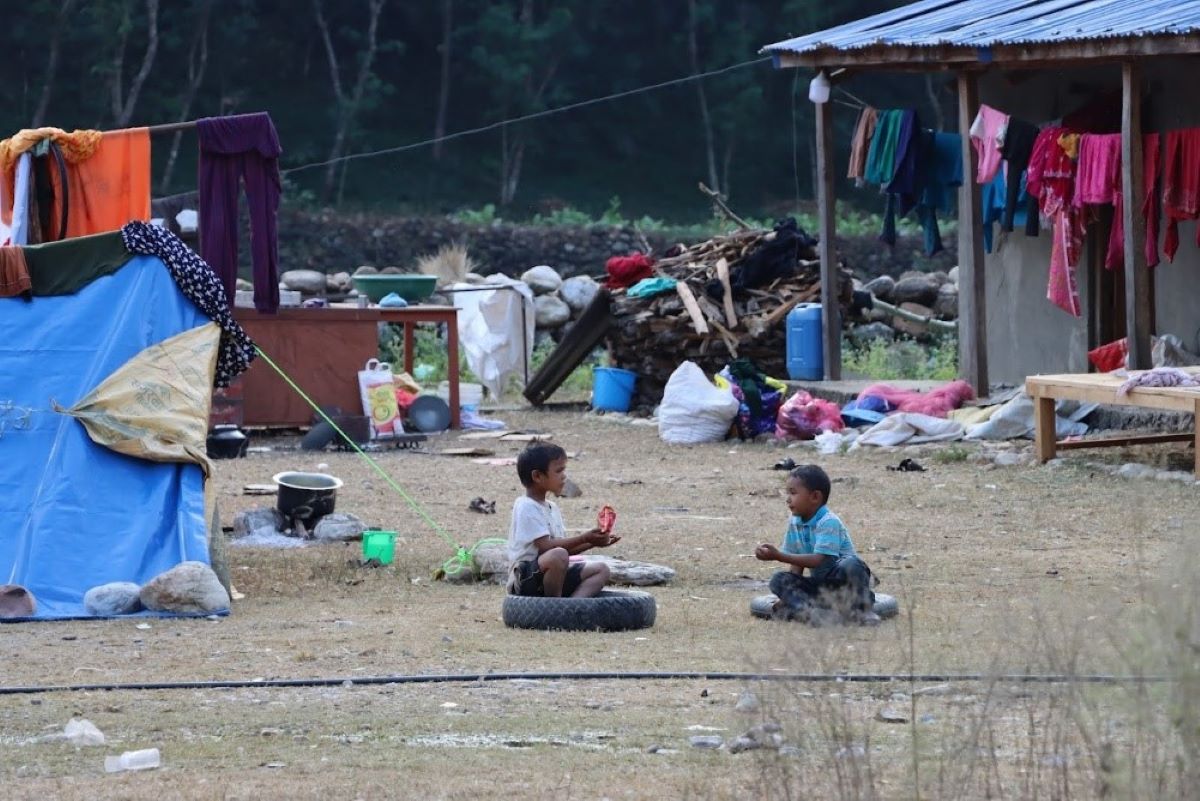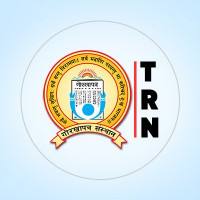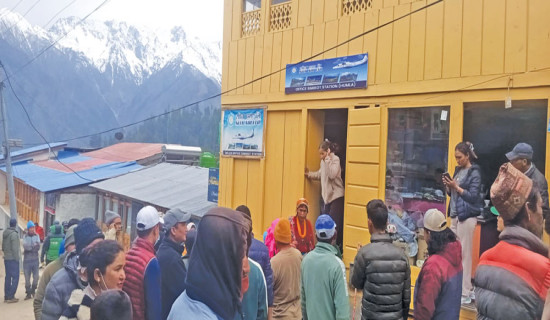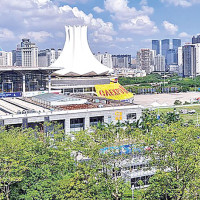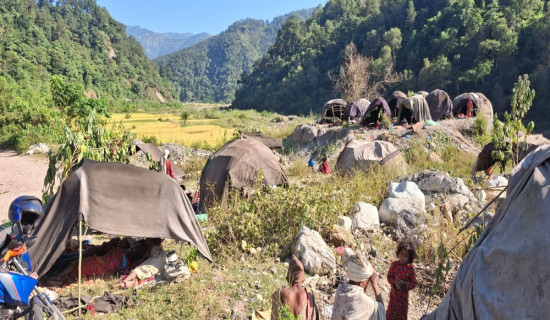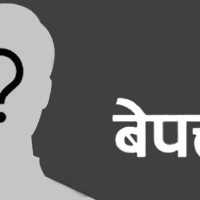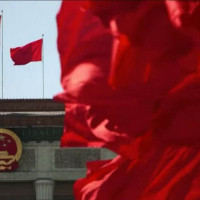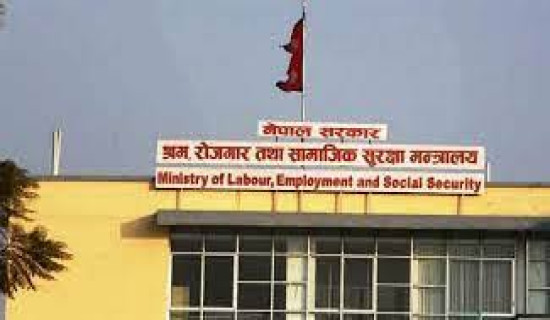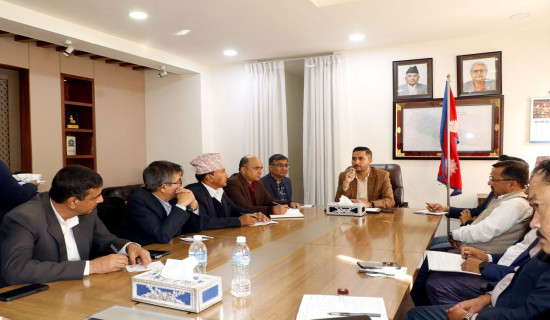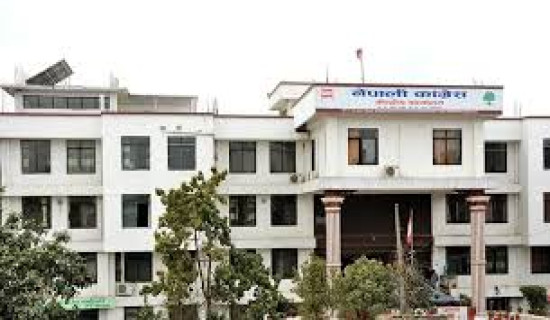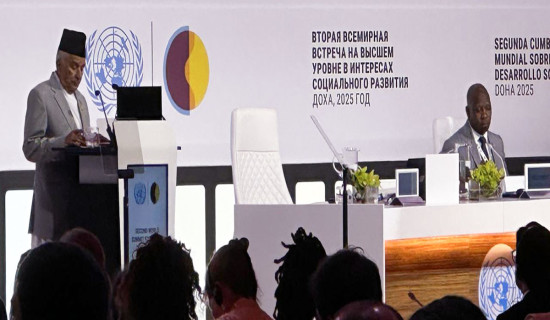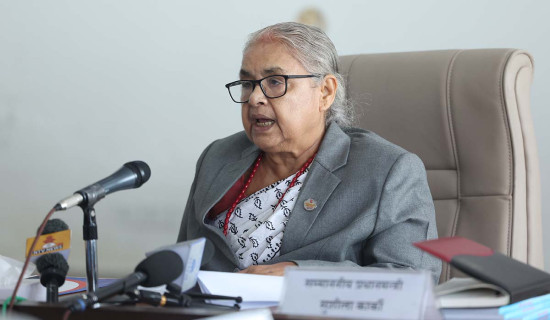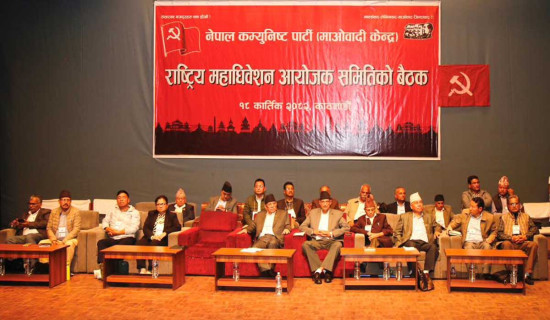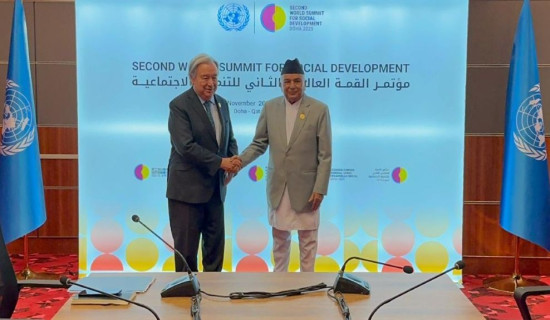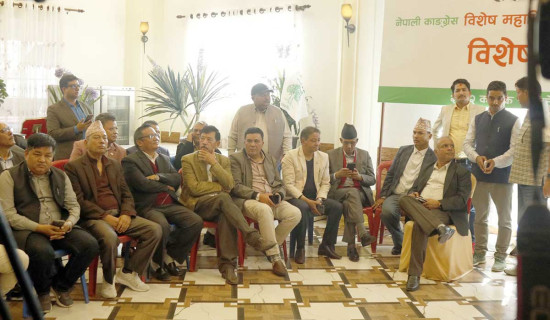- Wednesday, 5 November 2025
Echoes of Resilience: A 9-day visit in quake-hit Jajarkot and West Rukum
As I set foot on the ground in Jajarkot and West Rukum on the
5th of November, two days after the earthquake of 6.4 magnitude had rattled the
area on November 3 midnight, the aftermath was palpable. Armed with a sense of
purpose and just a mobile for camera, I embarked on a journey to witness
firsthand the devastation that had unfolded in these remote districts of Nepal.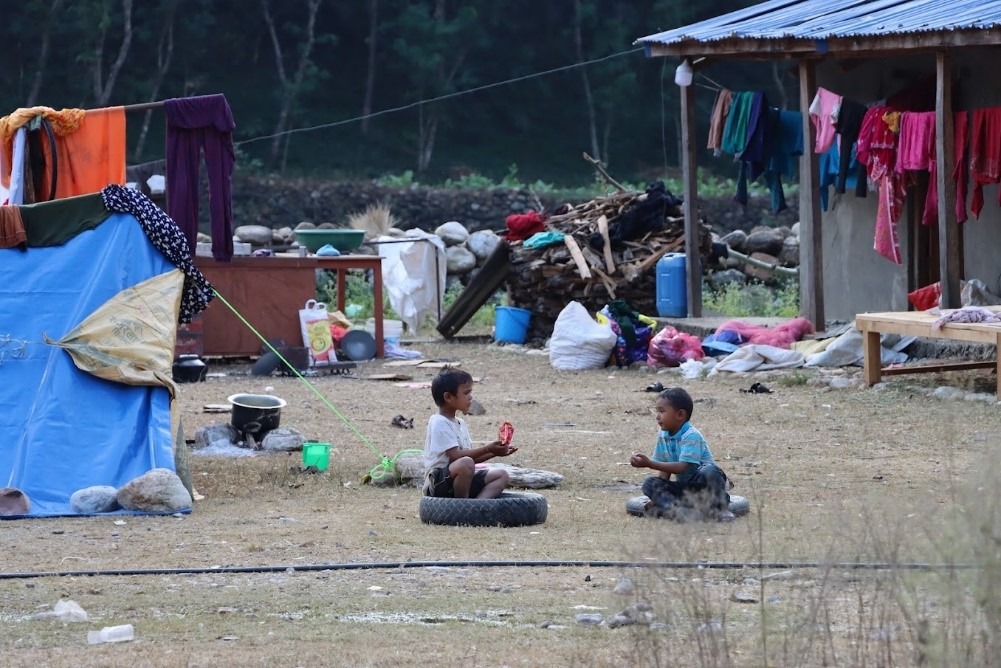
The air was thick with both sorrow and resilience as I
navigated through the affected areas. The landscape, once serene, now bore the
scars of the seismic force that had reshaped it just days before. The remnants
of what were once vibrant communities now lay in ruins, a stark reminder of the
unpredictable power of nature. I was also witnessed of postmortems, funeral and
injures treated in hospital of Khalanga, Jajarkot. I met with scores of families
who lost their 3-5 dearest ones within a collapsed roofs in Bheri, Chhedagad,
Aathbiskot, Nalgad municipalities and Sanibheri rural municipality, and visited
dozens of health posts and schools destroyed in the affected areas. I saw the rescue
team comprising security forces unanimously engaged in separation of debris and
save properties left.
Key observations were:
- ·
Death
toll: 153, including 60 children; 365 injured; 60,000 houses collapsed or
partially damaged

- ·
Vulnerabilities
heightened for children entering the cold season
- ·
Challenges
faced by poor and marginalized women, pregnant and lactating women, elderly
individuals, and persons with disabilities, including earthquake-induced
disabilities and psychosocial problems
- ·
Food
crises and lack of nutrition and healthcare, with increasing malnutrition among
children
- ·
One-door
policy for relief distribution implemented by both District Disaster Management
Committees (DDMCs)
- ·
Political
leaders' efforts to accumulate relief materials from various sources
While the collaborative relief distribution aimed to reach
every affected household, a sense of urgency clashed with the reality on the
ground. Relief management, though well-intentioned, appeared to progress at a
slow pace due to challenges in reaching remote areas and coordinating
resources.
Wandering through the corridor of the Bheri River, I
encountered a haunting scene - mud-based rubble houses collapsed along the
banks, a poignant testament to the destructive force that had swept through. This
corridor, stretching from Thulibheri to Sanibheri alongside Jajarkot and West
Rukum, bore the brunt of the earthquake's fury, leaving once-thriving
settlements reduced to debris.
Interacting with locals, victims, and survivors, I learned
about the unique challenges faced by those in mud-based structures.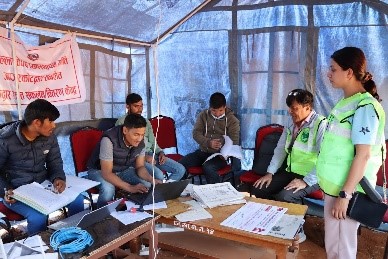 The slow
passage of seismic waves through sandy areas, coupled with weak infrastructure,
proved lethal. The very foundations of their homes couldn't withstand even a
moderate tremor, resulting in widespread devastation.
The slow
passage of seismic waves through sandy areas, coupled with weak infrastructure,
proved lethal. The very foundations of their homes couldn't withstand even a
moderate tremor, resulting in widespread devastation.
During my stay, I was fortunate to contribute to relief
efforts, providing non-food items through WHH and Rural Reconstruction
Nepal-RRN. As I worked with these organizations, establishing a field office in
Khalanga, Jajarkot, the focus shifted to early recovery and reconstruction for
the resilience of these communities. The landscape, scarred as it was, also
spoke of hope - hope for reconstruction, resilience, and a future safeguarded
against the unpredictable forces that nature could unleash.
I would recommend that the government of Nepal should
prioritize earthquake preparedness by investing in resilient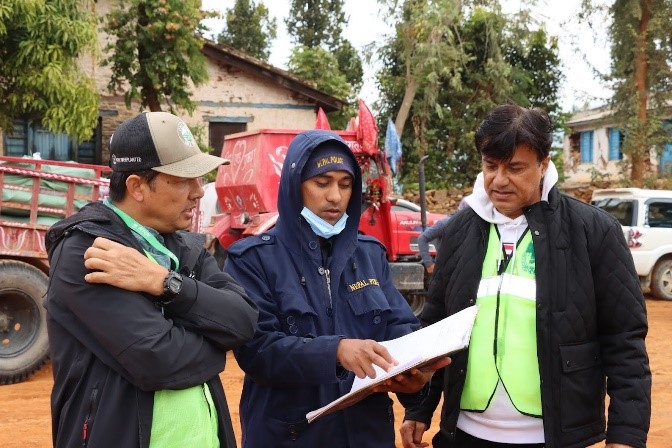 infrastructure and
conducting regular drills. Coordination between the national and local
governments, along with civil society organizations, is crucial for efficient
disaster response. Vulnerable populations need targeted plans, building codes
should prioritize seismic resilience, and local governments must be equipped
with disaster management training. Engaging communities in food for work to
build their transitional shelters, rehabilitate their community assets,
revitalization of health and education services, and international
collaboration is vital. Comprehensive post-disaster recovery plans, mental
health support, and adequate resource allocation should be emphasized for a
more resilient Nepal in the face of seismic risks.
infrastructure and
conducting regular drills. Coordination between the national and local
governments, along with civil society organizations, is crucial for efficient
disaster response. Vulnerable populations need targeted plans, building codes
should prioritize seismic resilience, and local governments must be equipped
with disaster management training. Engaging communities in food for work to
build their transitional shelters, rehabilitate their community assets,
revitalization of health and education services, and international
collaboration is vital. Comprehensive post-disaster recovery plans, mental
health support, and adequate resource allocation should be emphasized for a
more resilient Nepal in the face of seismic risks.
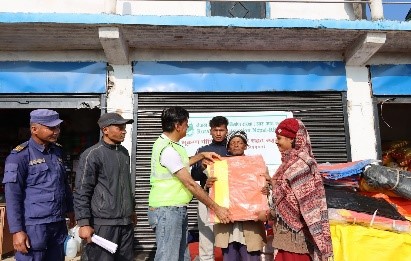
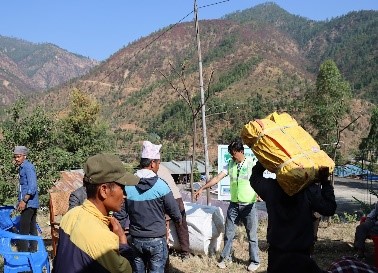
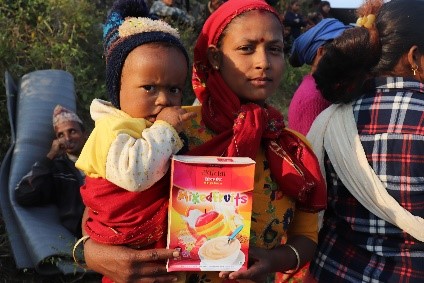
(Mr. Parajuli is human right and development activist,
practitioner. He is associated with Rural Reconstruction Nepal-RRN. Email: bhanu.parajuli@gmail.com)

